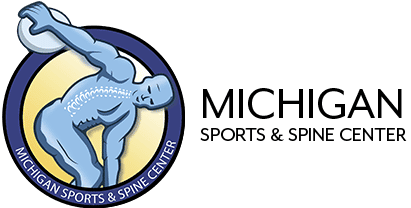Knee Knowledge: Non-Surgical Knee Treatment
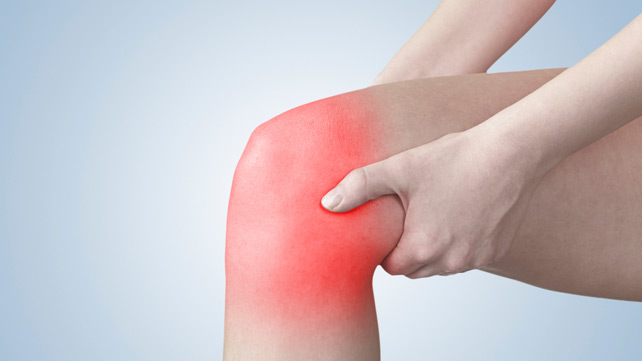
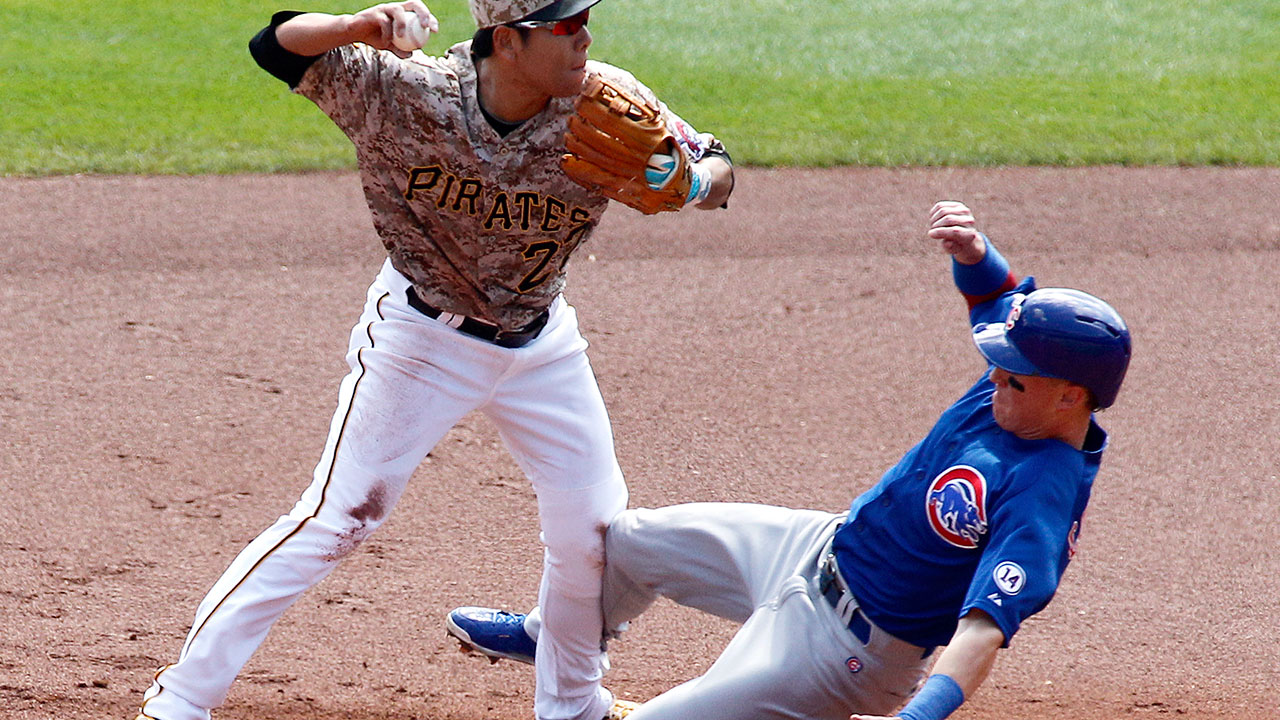
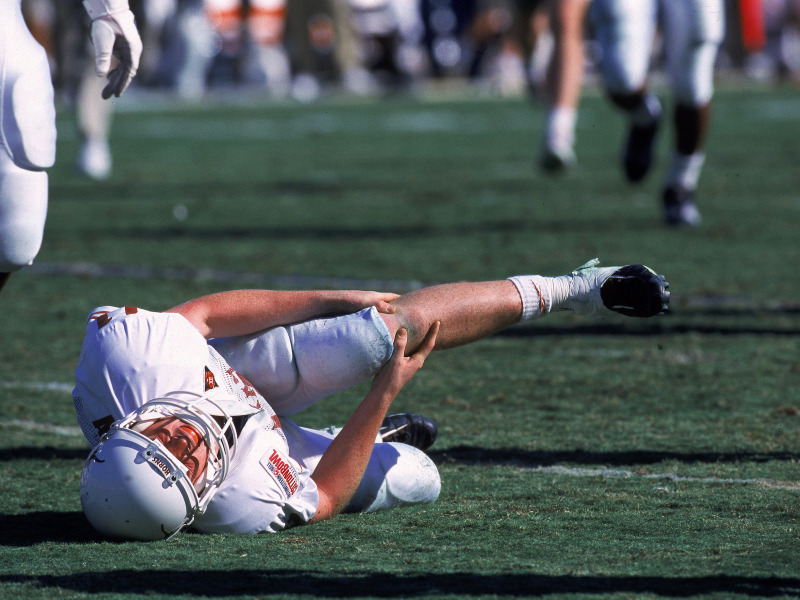
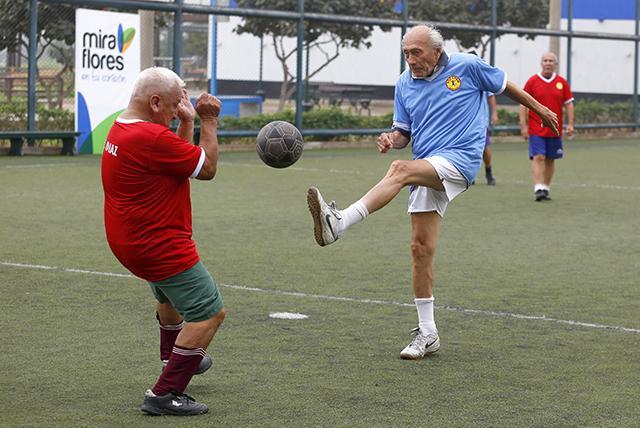
Sports are the greatest cause of knee injury with an estimated 2.5 million sports related knee injuries each year!
The knee is the largest joint in the body. The lower and upper bones of the knee are divided by two discs (meniscus). The upper leg bone (femur) and the lower leg bones (tibia and fibula) are connected by muscles, ligaments and tendons. The bones in the knee are covered by articular cartilage, which absorbs shock and provides a smooth, gliding surface for joint movement.
CAUSES
There are many causes of knee injuries. Work related injuries, sports and recreation activities, aging or having a disease such as arthritis or osteoporosis increases your chance of knee problems.
Sudden (acute) Injuries:
A direct blow to the knee, abnormal twisting, bending or falling on the knee can cause sudden (acute) injuries to occur. Within minutes of the injury pain, swelling or bruising may develop severely. Blood or nerve vessels may be damaged or pinched during the injury. The lower leg or the knee can feel weak, numb, tingly or cold and may appear pale or blue in color.
Acute injuries include…
- Strains, sprains or other injuries to the tendons and ligaments that support and connect the kneecap.
- A tear in the meniscus, the rubbery cushions of the knee joint.
- Breaks or fracture of the kneecap, upper part of the fibula or tibia or the lower portion of the femur. Regularly knee fractures are caused by abnormal force, like falling on the knee, a severe twisting motion, an abrasive force that bends the knee, or when the knee strongly and forcefully strikes an object.
- Ligament tears, such as the ACL (anterior cruciate ligament) or MCL (medial collateral ligament). The MCL is the most frequently injured ligament of the knee.
- Dislocated kneecap. Most commonly this type of dislocation happens in 13 – 18-year-old girls.
- Loose bodies of tissue or pieces of bone from a fracture or dislocation can get trapped in the joint and interfere with movement.
- Knee joint dislocation. While this is an erratic injury that requires immense force, it’s a very serious injury that requires immediate medical attention.
Overuse Injuries:
Repetitive activities and frequent or habitual pressure on the knee causes overuse injuries to occur. Running, riding a bicycle, jumping, climbing the stairs, activities such as these causes stress on the joints and other tissues and may lead to inflammation, irritation and soreness.
Overuse injuries include…
- Bursitis – inflammation of the little sacs of fluid that lubricate and protect the knee.
- Tendinitis – irritation and swelling of the tendons.
- Tendinosis – small tears in the tendons.
- Plica syndrome – thickening or bending of the knee ligaments.
- Patellofemoral pain syndrome – pain in the forefront of the knee occurring from injury, abuse, excess weight or issues in the kneecap.
- Iliotibial band syndrome – tenderness and irritation of the band of fibrous tissues that moves down the outside of the thigh.More Causes:Problems not directly related to an injury or overuse may occur in or around the knee.
Other causes of knee issues…
- Osteoarthritis or degenerative joint disease, can cause knee discomfort that is inferior in the morning and gets better as the day persists. It frequently arises at the location of prior injury. More kinds of arthritis, like rheumatoid arthritis, lupus and goutmay cause knee inflammation, irritation and pain.
- Cellulitis (infection in the skin), infectious arthritis (toxicity in the joint), osteomyelitis (disease in the bone), or septic bursitis (bursa) may create discomfort and reduced knee movement.
- Osgood-Schlatter disease causes discomfort, inflammation and soreness in the front of the knee, just underneath the kneecap. This most frequently occurs in adolescent boys, ages 11 – 15-years-old.
- Baker’s cyst or popliteal produces inflammation in the back of the knee.
- Osteochondritis dissecans creates painful irritation and reduced movement when a part of the cartilage, bone or both inside the knee joint loses blood supply and dies.
- A pinched nerve, hip problem or an issue elsewhere in the body can cause knee discomfort and irritation too.
TREATMENT
Treatment depends on the type, location and severity of the injury as well as a patient’s age, health condition and activity level. Make sure to contact Michigan Sports & Spine Center or another specialist in order to receive a proper diagnosis and receive the proper treatment plan.
Physical Therapy/Exercise Training:
- The combination of exercise training and physical therapy typically includes stretching, strengthening and low-impact aerobic exercises.
- A physical therapist can design a regimen that helps to reduce discomfort and strengthen the muscles that affect your knees, therefore getting you back on track.
Injections:
- Injections will help to lubricate the knee joint and improve shock absorption, thus reducing pain and discomfort and improving knee mobility.
- Trigger point injections – a procedure used to treat painful areas of the muscle that contain trigger points, or knots of muscle that develop when muscles do not relax. Involves the injection of medication directly into the trigger point.
- Facet injections – entails injecting a small amount of local anesthetic and/or steroid medication, which anesthetizes the facet joints and blocks pain.
Stem Cell Therapy:
- This revolutionary and conservative treatment uses bone marrow from the hip to aid in regenerating cartilage tissue in the knee.
- Stem cell treatment is truly the organic way of treating yourself. Find out more on this revolutionary therapy here.
Ice and Heat Therapy:
- Applying an ice pack or heat pad can offer pain relief.
- Apply an ice pack to reduce irritation or swelling shortly after you experience a strained tendon, muscle or ligament.
- Amazingly, once the swelling and inflammation go away, heat may help reduce stiffness that comes with strains.
Weight Loss and Exercise:
- Losing weight can also help to lose the pain.
- Typically we don’t think about how a few extra pounds and the affects it has on our body. If you’re just 10 pounds overweight that can add up to 60 pounds of force on your knee with each step you take. Losing extra weight can increase your comfort level and your quality of life.
- Exercise can aid in achieving your weight loss goals and at the same time strengthen your muscles, therefore decreasing pain.
Better Sleep:
- Knee pain can interrupt sleep, and poor sleep seems to make your knees aches and pains even worse…sounds like a vicious cycle!
- Sleep changes the way your brain processes pain. Getting more sleep and getting better sleep (in a longer dreamland sleep state) can help heal your knee injury.
Medication:
- Used to treat severe pain issues for short-term use only, and as adjunct to other forms of treatment.
- Sources: WebMD, HealthLine, Prevention
ABOUT MICHIGAN SPORTS & SPINE CENTER:
We’re innovative leaders utilizing cutting-edge technologies such as musculoskeletal ultrasounds, PRP, stem cell treatment, and other innovative procedures. Michigan Sports & Spine Center is committed to resolving your pain, not simply masking it. We treat the whole body, not just the injury, and perform preventative treatment so your injury doesn’t come back. Our studies prove that Michigan Sports & Spine Center has patient success rates much higher than the national average. We treat everyone from high-profile athletes to your neighbor next door. Our primary focus is getting our patients back into the game of life!
